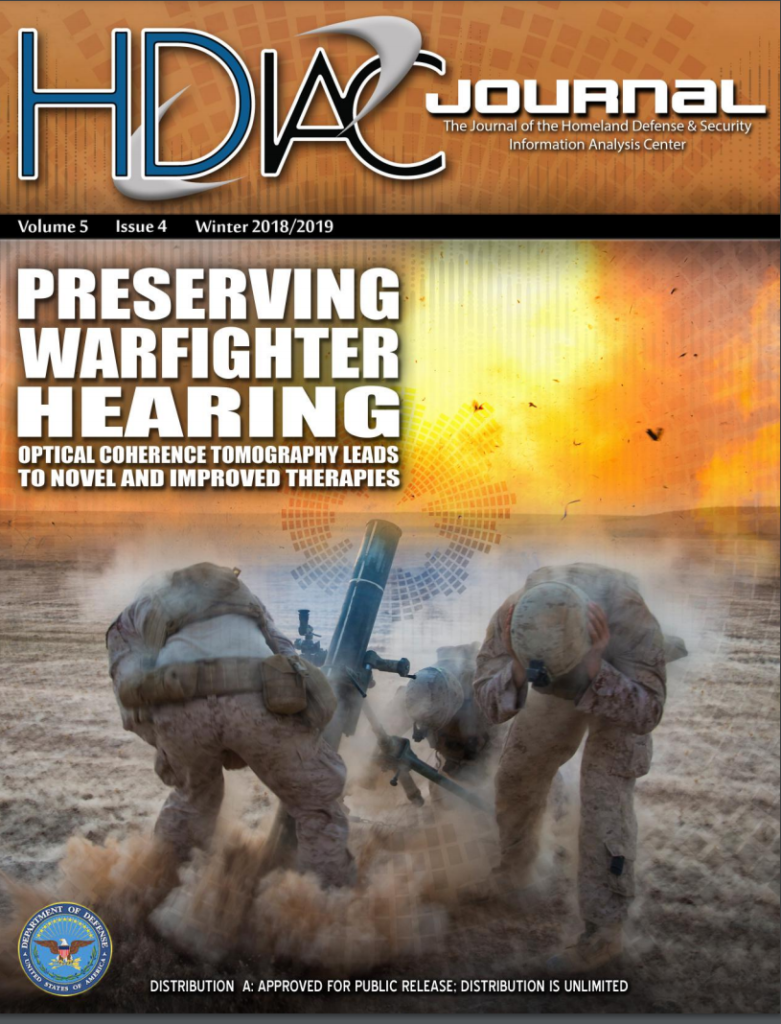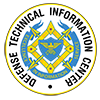This issue of the HDIAC Journal provides readers with insight on four of HDIAC’s eight focus areas, including Alternative Energy, Critical Infrastructure Protection, Homeland Defense & Security, and Medical. The first Alternative Energy article explores thin-film perovskite solar cells as a means to power submerged unmanned underwater vehicles. In the second Alternative Energy article, researchers from Carnegie Mellon University and the Missouri University of Science and Technology discuss their work with 3D-printed lattice batteries and how this new lightweight energy storage option could be used to power the warfighter. The Critical Infrastructure Protection article focuses on cognitive protective systems for the internet of things. The Homeland Defense & Security article reviews space situational awareness advancements for national security. In the first Medical article, subject matter experts from Sandia National Laboratories (Livermore) address a novel methodology for securing genomic data. The second Medical article explores electronic stickers used for wireless physiological monitoring in a tactical environment. The third Medical article looks at reviving dormant nerves after spinal cord injuries. The fourth and final Medical article, which is featured on the cover, discusses optical coherence tomography as a means of preserving warfighter hearing.

Winter 2018: Volume 5 Issue 4
Published: December 11, 2018

